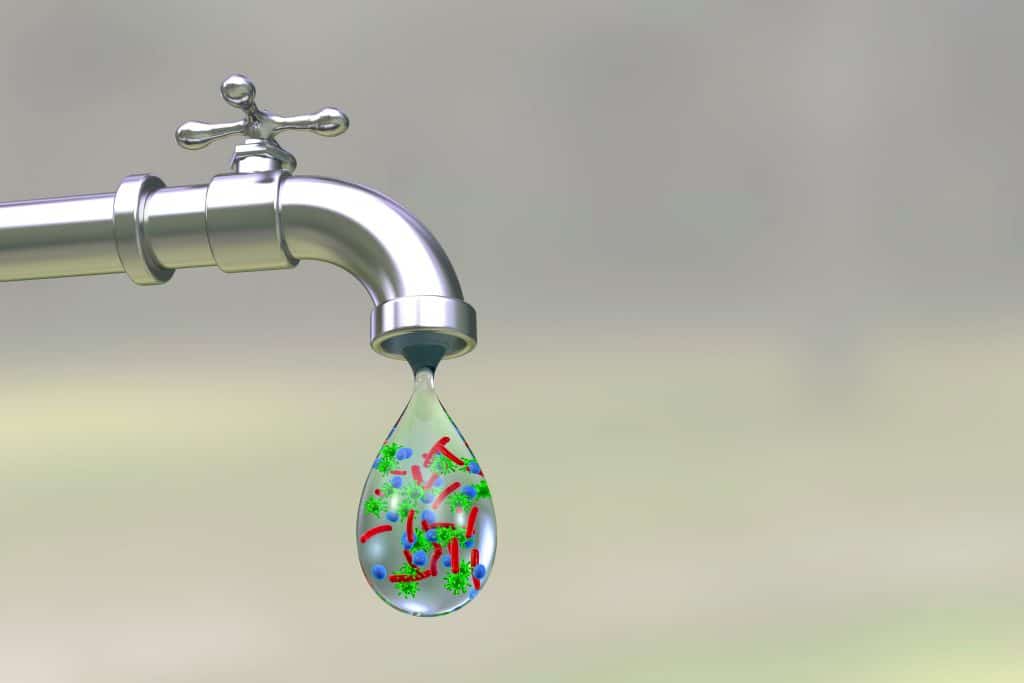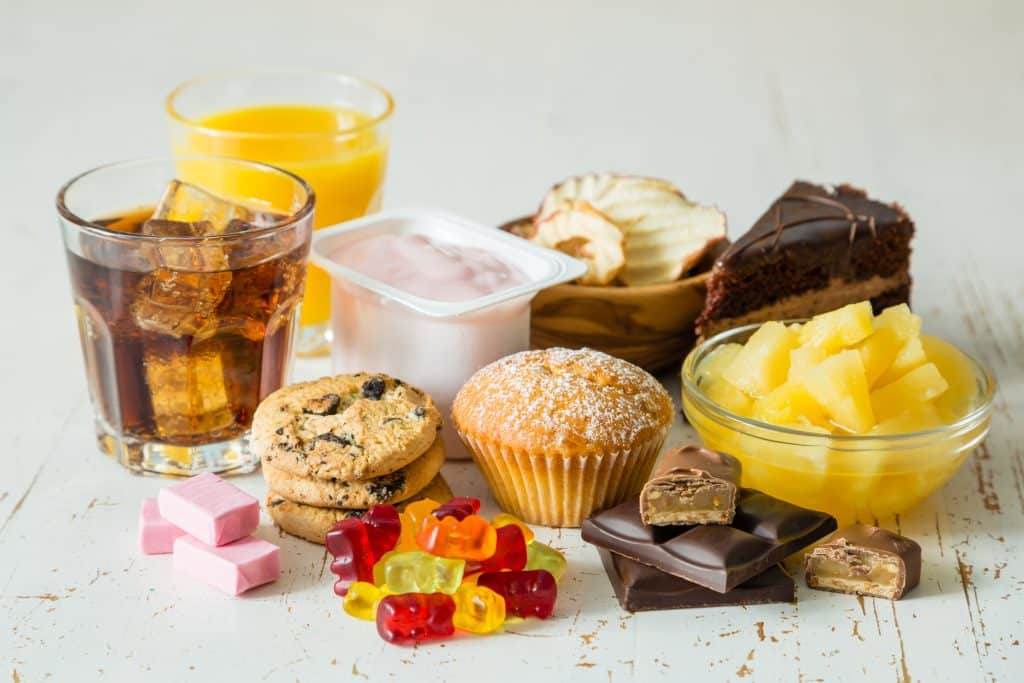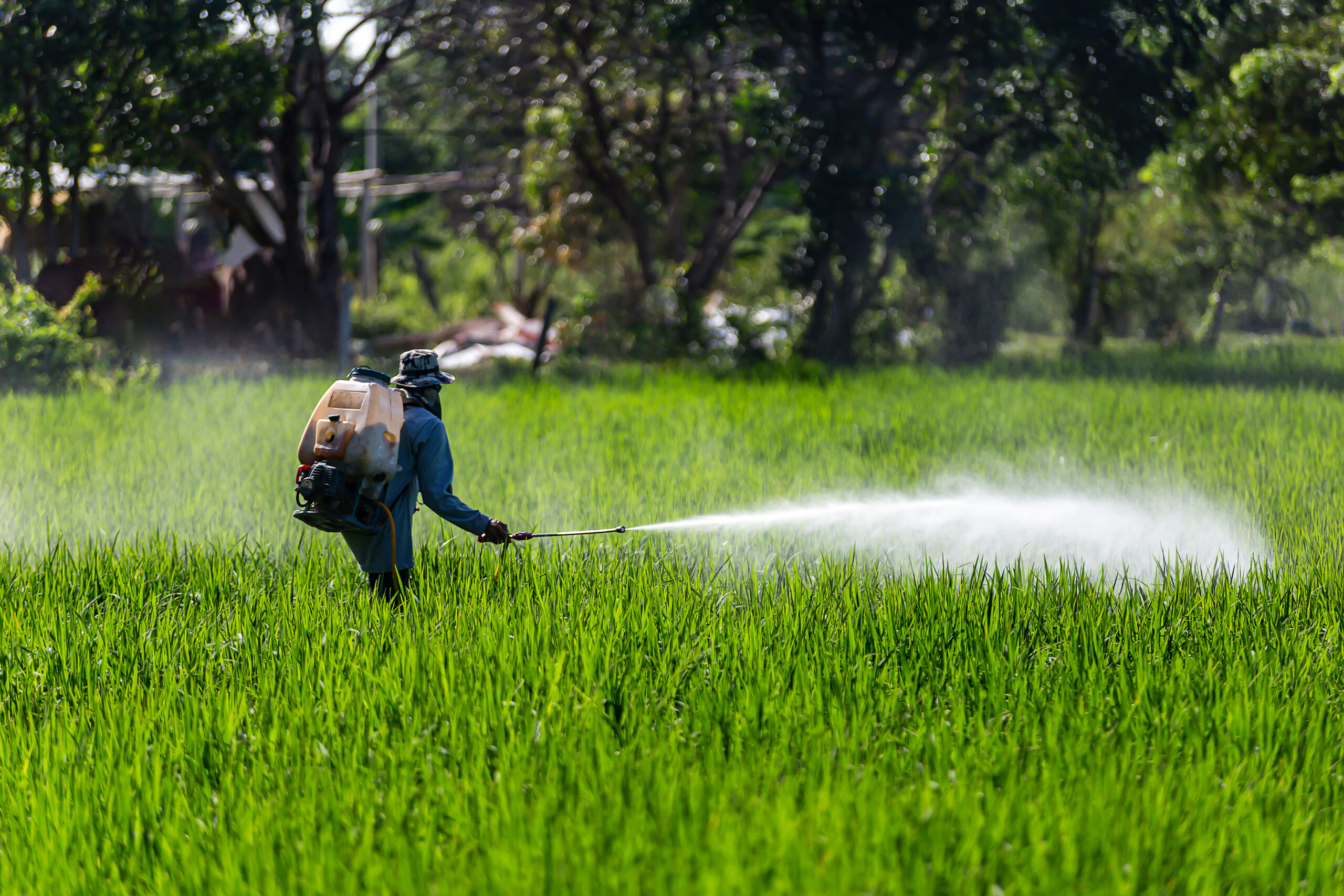Removing Toxins From Your Life And From Your Body
Removing toxins from your life is the surest way to live a clean, exceptional existence that is free of disease. Toxins are chemicals or other substances that are harmful to the body. They include pollutants in the air, water, and soil. Additionally, certain foods, alcohol, drugs, and everyday household products contain harmful toxins. The presence of toxins in our environment has made it increasingly difficult to maintain a healthy lifestyle. However, there are many steps you can take to reduce your exposure to toxins and support your body’s natural detoxification processes.
Removing Toxins From Your Life
Removing toxins from our lives is important because toxic substances contribute to various chronic and debilitating diseases. Exposure to certain toxins has been linked to an increased risk of cardiovascular diseases, inflammation, and autoimmune conditions.1 In addition, these toxins can damage the central nervous system, leading to problems like headaches, fatigue, depression, anxiety, and memory loss.2 Toxic substances can also disrupt hormones, leading to hormonal imbalances with long-term health implications.3
The most critical step in removing toxins from our lives is to identify the sources of exposure and take steps to reduce or eliminate them. This might include avoiding products made with synthetic chemicals such as fragrances and dyes, eating organic food whenever possible, using natural cleaning products, avoiding air fresheners and other scented items, and reducing or eliminating exposure to environmental pollutants like smoke and smog.

How To Identify Sources Of Toxins In Your Life
The most common types of toxins are found in the air, water, and food. While it is difficult to completely avoid these sources of toxins, there are ways to reduce their impact on your health.
Air pollution from burning fossil fuels, factory emissions, and vehicle exhaust can lead to a buildup of various pollutants in the air that we breathe. To reduce your exposure to these sources of air pollution, use an indoor air filter or better yet, relocate to an area with high-quality air.
Industrial runoff and chemicals from agricultural activity contaminate our water supply. It is important to ensure that the water you drink is safe and free from contaminants.
Read about the toxins in tap water.
Some of the most common toxins in our food supply come from pesticides, herbicides, and other additives that are used to increase yields. To reduce your exposure to these toxins, opt for organic foods whenever possible and avoid processed and packaged foods with a long list of ingredients.
Removing Toxins From Your Life By Avoiding Heavy Metals
Heavy metals are everywhere in our environment, and the most common ones include lead, mercury, arsenic, cadmium, chromium, and aluminum. These heavy metals can accumulate in our bodies over time from various sources including air pollution, soil contamination, and water supplies. Exposure to these heavy metals can have serious health effects such as neurological damage, reproductive problems, and birth defects.4 5 Therefore, it is important to identify sources of heavy metals in our lives and take steps to reduce our exposure.
One source of heavy metal toxicity that many people are unaware of is the food we eat. Foods such as canned foods, processed foods, seafood, and fish can all contain high levels of toxic metals.6 7 The best way to minimize your risk is by eating organic or locally grown food when possible. It is also important to check labels and look for foods free of heavy metals or certified as organic.
Another source of exposure to toxic metals can come from household items such as cosmetics, cleaning products, and even furniture.8 Many everyday items contain small amounts of toxins which over time can add up and cause health issues. To reduce risk, read labels carefully and opt for natural, non-toxic products whenever possible.
Read more about the toxins in cleaning products and cosmetics.
The third common source of heavy metal exposure is from the air we breathe. Air pollution from factories, vehicle exhaust, and other sources can contain high levels of toxic metals which can accumulate in the body over time.9 To reduce your exposure to airborne toxins, it is important to avoid areas with high levels of air pollution whenever possible.
Finally, water is another source of heavy metal exposure that can be difficult to avoid. Contaminated water supplies and industrial waste can contain significant amounts of toxic metals which can enter our bodies through the food we eat or through direct contact with skin.10 To reduce your risk, consume spring water or use water filters to remove as many toxins as possible.
By becoming aware of sources of toxins in your environment, you can make sure your lifestyle is as healthy and toxin-free as possible.
Read more about the toxic health effects of heavy metals.

Removing Toxins From Your Life By Avoiding Mold
Mold is one of the most common sources of toxins. It grows in damp, poorly ventilated areas and spread spores into the air. These spores can cause a range of health problems, including nasal congestion, eye irritation, and asthma attacks. Mold produces mycotoxins which are toxic chemicals that can affect the nervous system and the immune system.11
To identify mold in your home, look for signs of water damage like discoloration or staining on walls and ceilings. You should also check for musty odors that could indicate the presence of mold. If you suspect any growth, it’s best to call an experienced professional to assess the situation and recommend a course of action to get rid of the mold and prevent future problems. It’s important to remember that mold can be hazardous and should not be handled without the proper protective gear.
Mold is just one source of toxins in your home, so it’s important to remember other potential sources as well. Check for possible pollutants like asbestos, radon gas, dust mites, lead paint chips, and pesticides from lawn care products.
Read more about the toxic health effects of mold.
Removing Toxins From Your Life By Avoiding Processed Foods, Canned Foods, And Artificial Sweeteners
Processed foods are often full of toxins like added sugars and sodium. Be sure to read ingredient labels carefully as many processed foods contain unhealthy additives such as preservatives, artificial colors, and flavors.12
Canned foods can be a convenient option but often contain potentially hazardous ingredients, such as Bisphenol A (BPA). BPA has been linked to various health conditions, including fertility problems. Choose fresh or frozen foods instead of canned whenever possible.13
Artificial sweeteners like sucralose are frequently used in many processed foods and drinks. Consumption of sucralose was recently linked with Leaky Gut Syndrome.14
Read more about Leaky Gut Syndrome.
Many processed foods contain artificial colors and flavors that can be harmful to your health. These additives are often added to make food look or taste better but can have an array of negative effects on your body. Opt for natural foods whenever possible to avoid any potential health risks associated with these chemicals.

Cleaning Supplies And Personal Care Products
It’s important to take a look at the ingredients in cleaning supplies and personal care products. Many items like dish soap, laundry detergent, air fresheners, and makeup contain potentially hazardous chemicals that can cause allergies or other health problems. Look for natural options or products labeled “non-toxic” that are free of volatile organic compounds (VOCs), phthalates, and formaldehyde.15 16 17 Read labels carefully and avoid buying products that contain any of these ingredients. When possible, opt for eco-friendly cleaning supplies that are free of artificial fragrances, dyes, and preservatives.
It’s also important to store cleaning supplies and personal care products out of reach of children, in a cool, dry place away from sunlight. This will help reduce any potential exposure to toxins. Finally, always follow the instructions on any product you use and wear gloves when necessary. This will help reduce your risk of skin irritation or other reactions from products with harsh chemicals.
Read more about common toxins we are exposed to.
The Damage Toxins Can Do To Our Organs And Immune Systems
Toxins can do a variety of damage to our organs and immune systems. These include damage to the liver, kidneys, brain, respiratory system, cardiovascular system, gastrointestinal tract, reproductive system, and musculoskeletal system. They can also suppress the immune system by damaging important cells such as lymphocytes and macrophages that are responsible for recognizing invading pathogens.18
Toxins can also trigger autoimmune responses, where the body essentially starts to attack itself. This can lead to chronic inflammation and increases the risk of developing a variety of diseases such as heart disease, and even allergies.19
In addition to this, exposure to toxins causes oxidative stress in our cells. This is when there is an imbalance between the production of free radicals and the body’s ability to neutralize them. This can lead to cell damage, which in turn can impair the normal function of organs and tissues. It is also believed to play a role in aging and many age-related diseases.20
Removing Toxins From Your Life And From Your Body
Choose natural cleaning products for your home. Natural products like vinegar, baking soda, and essential oils are effective alternatives to chemical cleansers. When shopping for personal care items, look for plant-based ingredients such as aloe vera and chamomile instead of synthetic fragrances and dyes.
Buy organic food whenever possible. Organic produce is grown without synthetic pesticides, herbicides, and fertilizers that contain toxins. Avoid processed foods when shopping for groceries as they often contain preservatives and other additives that may have toxic effects on your body.
Consume spring water or invest in a good water filtration system for drinking and showering with to help reduce the amount of chemicals and heavy metals in your water. Open windows or use an air purifier to improve air quality. Change your air filter regularly and vacuum often to reduce dust and other irritants in the home.
Use green laundry detergents and natural fabric softeners that are free from harsh chemical agents. Choose furniture, carpets, and paint with low VOCs to reduce indoor air pollution.

Removing Toxins From Your Life And From Your Body
Removing toxins from your life is the best way to reduce the probability of developing diseases like autoimmune conditions. While it is impossible to avoid all toxins, focusing on living a healthy lifestyle can go a long way in ensuring good health.
Read more about detoxing your body.
References
1 Kharrazian D. Exposure to Environmental Toxins and Autoimmune Conditions. Integr Med (Encinitas). 2021 Apr;20(2):20-24. PMID: 34377090; PMCID: PMC8325494.
2 Paulson GW. Environmental effects on the central nervous system. Environ Health Perspect. 1977 Oct;20:75-96. doi: 10.1289/ehp.772075. PMID: 202447; PMCID: PMC1637320.
3 Yilmaz B, Terekeci H, Sandal S, Kelestimur F. Endocrine disrupting chemicals: exposure, effects on human health, mechanism of action, models for testing and strategies for prevention. Rev Endocr Metab Disord. 2020 Mar;21(1):127-147. doi: 10.1007/s11154-019-09521-z. PMID: 31792807.
4 Witkowska D, Słowik J, Chilicka K. Heavy Metals and Human Health: Possible Exposure Pathways and the Competition for Protein Binding Sites. Molecules. 2021 Oct 7;26(19):6060. doi: 10.3390/molecules26196060. PMID: 34641604; PMCID: PMC8511997.
5 Fu Z, Xi S. The effects of heavy metals on human metabolism. Toxicol Mech Methods. 2020 Mar;30(3):167-176. doi: 10.1080/15376516.2019.1701594. Epub 2019 Dec 17. PMID: 31818169.
6 Massadeh AM, Al-Massaedh AAT. Determination of heavy metals in canned fruits and vegetables sold in Jordan market. Environ Sci Pollut Res Int. 2018 Jan;25(2):1914-1920. doi: 10.1007/s11356-017-0611-0. Epub 2017 Nov 4. PMID: 29103121.
7 Hashim R, Song TH, Muslim NZ, Yen TP. Determination of Heavy Metal Levels in Fishes from the Lower Reach of the Kelantan River, Kelantan, Malaysia. Trop Life Sci Res. 2014 Dec;25(2):21-39. PMID: 27073597; PMCID: PMC4814144.
8 Center for Food Safety and Applied Nutrition. (2022, November 22). Limiting Lead in Lipstick and Other Cosmetics. U.S. Food And Drug Administration. https://www.fda.gov/cosmetics/cosmetic-products/limiting-lead-lipstick-and-other-cosmetics
9 Yuan Y, Wu Y, Ge X, Nie D, Wang M, Zhou H, Chen M. In vitro toxicity evaluation of heavy metals in urban air particulate matter on human lung epithelial cells. Sci Total Environ. 2019 Aug 15;678:301-308. doi: 10.1016/j.scitotenv.2019.04.431. Epub 2019 Apr 30. PMID: 31075597.
10 Rehman K, Fatima F, Waheed I, Akash MSH. Prevalence of exposure of heavy metals and their impact on health consequences. J Cell Biochem. 2018 Jan;119(1):157-184. doi: 10.1002/jcb.26234. Epub 2017 Aug 2. PMID: 28643849.
11 Tessier, L. (2020, February 10). Endocrine Impacts of Mycotoxins. Naturopathic Doctor News and Review. https://ndnr.com/endocrinology/endocrine-impacts-of-mycotoxins/
12 Fuhrman J. The Hidden Dangers of Fast and Processed Food. Am J Lifestyle Med. 2018 Apr 3;12(5):375-381. doi: 10.1177/1559827618766483. PMID: 30283262; PMCID: PMC6146358.
13 Ma Y, Liu H, Wu J, Yuan L, Wang Y, Du X, Wang R, Marwa PW, Petlulu P, Chen X, Zhang H. The adverse health effects of bisphenol A and related toxicity mechanisms. Environ Res. 2019 Sep;176:108575. doi: 10.1016/j.envres.2019.108575. Epub 2019 Jul 3. PMID: 31299621.
14 Méndez-García LA, Bueno-Hernández N, Cid-Soto MA, De León KL, Mendoza-Martínez VM, Espinosa-Flores AJ, Carrero-Aguirre M, Esquivel-Velázquez M, León-Hernández M, Viurcos-Sanabria R, Ruíz-Barranco A, Cota-Arce JM, Álvarez-Lee A, De León-Nava MA, Meléndez G, Escobedo G. Ten-Week Sucralose Consumption Induces Gut Dysbiosis and Altered Glucose and Insulin Levels in Healthy Young Adults. Microorganisms. 2022 Feb 14;10(2):434. doi: 10.3390/microorganisms10020434. PMID: 35208888; PMCID: PMC8880058.
15 Wen H, Yuan L, Wei C, Zhao Y, Qian Y, Ma P, Ding S, Yang X, Wang X. Effects of combined exposure to formaldehyde and benzene on immune cells in the blood and spleen in Balb/c mice. Environ Toxicol Pharmacol. 2016 Jul;45:265-73. doi: 10.1016/j.etap.2016.05.007. Epub 2016 May 9. PMID: 27343751.
16 Dai H, Jing S, Wang H, Ma Y, Li L, Song W, Kan H. VOC characteristics and inhalation health risks in newly renovated residences in Shanghai, China. Sci Total Environ. 2017 Jan 15;577:73-83. doi: 10.1016/j.scitotenv.2016.10.071. Epub 2016 Nov 4. PMID: 27817926.
17 Koniecki D, Wang R, Moody RP, Zhu J. Phthalates in cosmetic and personal care products: concentrations and possible dermal exposure. Environ Res. 2011 Apr;111(3):329-36. doi: 10.1016/j.envres.2011.01.013. Epub 2011 Feb 18. PMID: 21315328.
18 Suzuki, T., Hidaka, T., Kumagai, Y. et al. Environmental pollutants and the immune response. Nat Immunol 21, 1486–1495 (2020). https://doi.org/10.1038/s41590-020-0802-6
19 Furman D, Campisi J, Verdin E, Carrera-Bastos P, Targ S, Franceschi C, Ferrucci L, Gilroy DW, Fasano A, Miller GW, Miller AH, Mantovani A, Weyand CM, Barzilai N, Goronzy JJ, Rando TA, Effros RB, Lucia A, Kleinstreuer N, Slavich GM. Chronic inflammation in the etiology of disease across the life span. Nat Med. 2019 Dec;25(12):1822-1832. doi: 10.1038/s41591-019-0675-0. Epub 2019 Dec 5. PMID: 31806905; PMCID: PMC7147972.
20 Phaniendra A, Jestadi DB, Periyasamy L. Free radicals: properties, sources, targets, and their implication in various diseases. Indian J Clin Biochem. 2015 Jan;30(1):11-26. doi: 10.1007/s12291-014-0446-0. Epub 2014 Jul 15. PMID: 25646037; PMCID: PMC4310837.




